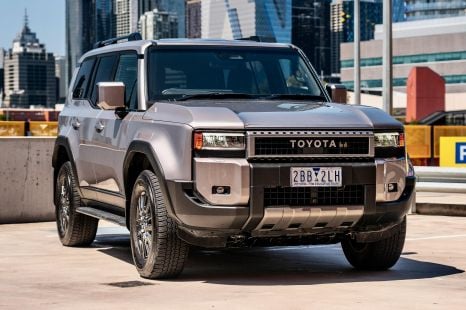

Max Davies
2025 Toyota Prado GXL review
2 Months Ago
Toyota's next LandCruiser Prado could offer a choice of hybrid powertrains, including an unusual new diesel hybrid.

News Editor
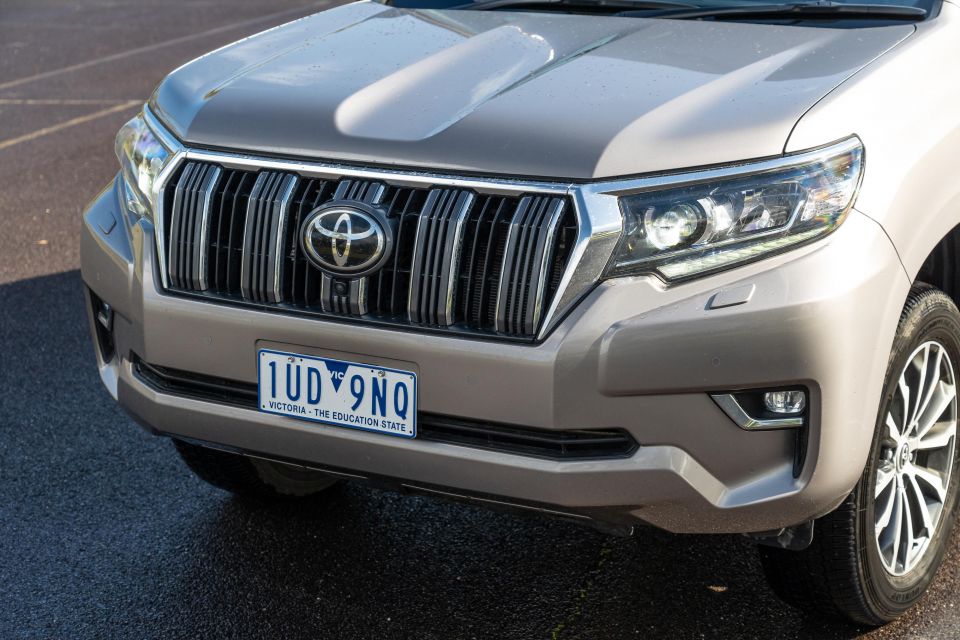

News Editor
The next Toyota LandCruiser Prado will reportedly offer a pair of hybrid powertrains, including the company’s first diesel hybrid.
Japanese outlet BestCarWeb reports the next Prado will launch in Japan around the summer (our winter) of 2023 – a whole 14 years after the current generation was launched.
The familiar 2.8-litre turbo-diesel four-cylinder engine will reportedly gain a lithium-ion battery and two electric motors.
A petrol hybrid will also reportedly join the range, though it’s unclear which of Toyota’s multiple hybrid powertrains it will be.
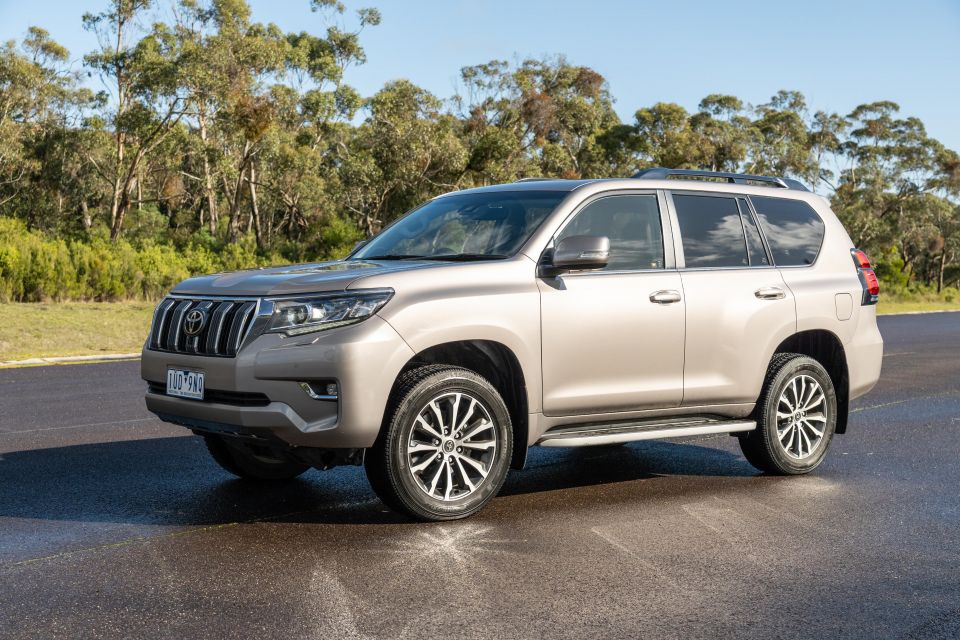
One possibility is the 2.5-litre hybrid four-cylinder found in models like the RAV4 which, with 163kW of power, would still be a step up in power from the base, 120kW naturally aspirated 2.7-litre four-cylinder engine offered in the Prado in Japan.
Another possibility is the company’s new turbocharged 2.4-litre hybrid four-cylinder, as seen in the Crown, which produces 197kW of power and 450Nm of torque.
The current Prado’s 2.8-litre turbo-diesel four-cylinder engine, the only powertrain offered in Australia, produces 150kW and 500Nm.
BestCarWeb also notes the Prado will still offer a naturally aspirated petrol in some markets, including Japan where petrol models account for more than half of Prado sales.
While the report doesn’t note the future of the standard 2.8-litre turbo-diesel, we would expect a conventional diesel to continue for markets like Australia – indeed, earlier reports suggested a version of the 300 Series’ 3.3-litre turbo-diesel V6 could be offered.
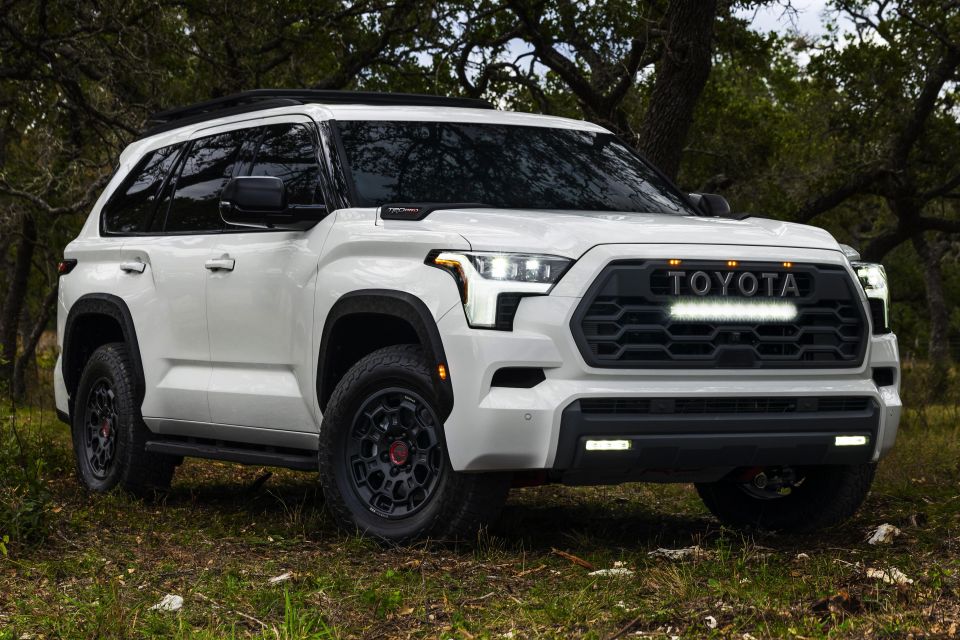
Toyota has yet to release a hybrid body-on-frame SUV beyond the Tundra-based Sequoia, which packs a twin-turbo V6 hybrid.
Overseas reports have also indicated this powertrain will make its way into the more globally focused LandCruiser 300 Series.
In the Sequoia, it produces 326kW and 790Nm.
The company confirmed last year hybrid versions of the LandCruiser, Prado, HiLux and HiAce would be due before 2030, and local engineers would be playing a part in development.
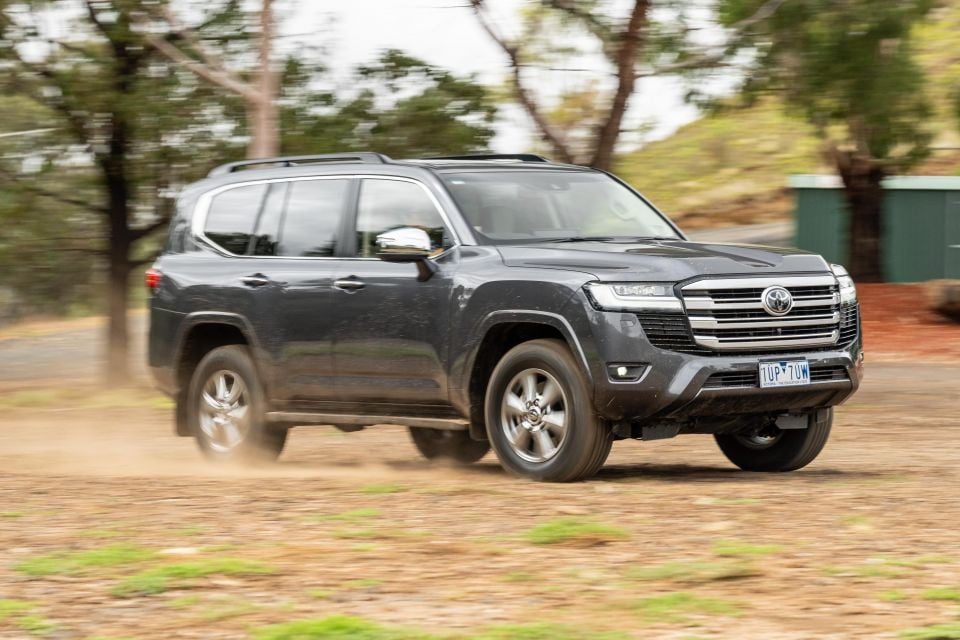
“We’re considering diesel hybrids, petrol hybrids… we’re looking at all forms of lowering the CO2 through multiple technologies,” said Toyota Australia head of product planning Rod Ferguson told CarExpert last April.
“There’s clearly differences… even in some parts of Australia whether you can access diesel or petrol. Different industries like to store fuels for other equipment that they use.
“So it’s not necessarily stating a preference for one over the other, but we’re open minded to any of those pathways for electrifying.”
The next Prado is expected to move to the new TNGA-F architecture that underpins the LandCruiser 300 Series, Tundra and Sequoia, promising greater body rigidity, safety and dynamics.
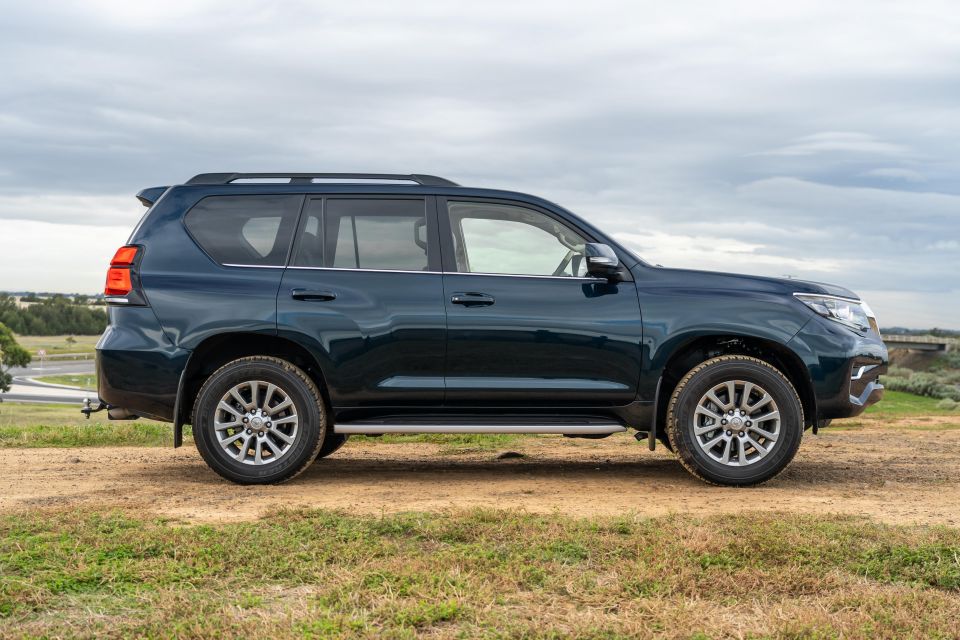
It’ll reportedly change little in terms of dimensions, with a length of 4825mm, width of 1885mm and a height of 1850mm on a 2790mm wheelbase – identical to the current car, albeit 40mm lower.
Inside, it’s expected to get the latest generation of infotainment, with 9.0- and 12.3-inch touchscreens available.
The popularity of the LandCruiser 300 Series and Toyota’s supply struggles have reportedly pushed the Prado’s release further into the future, as it was said to be planned for a launch a year after its larger sibling in 2022.
The current Prado has remained popular both here and abroad despite its age, and looks set to retain its title of Australia’s favourite large SUV this year.
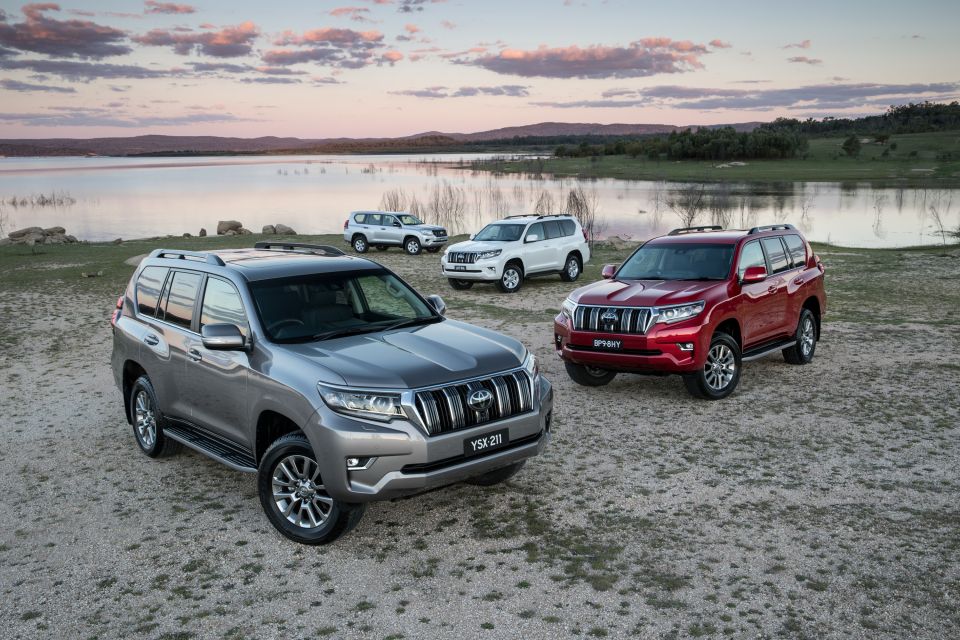
To the end of October, Toyota has sold 19,087 Prados. That puts it well above the second-place finisher, also a Toyota – the Kluger, at 10,989 units.
Toyota may not be the first to the Australian market with a hybrid body-on-frame SUV.
GWM is expected to bring hybrid versions of its Tank 300 and Prado-rivalling Tank 500 SUVs to Australia next year, with a plug-in hybrid version of the latter also a possibility.
Ford’s new Ranger-based Everest also rides a platform that supports electrification, with both Blue Oval models expected to eventually gain a plug-in hybrid.
Where expert car reviews meet expert car buying – CarExpert gives you trusted advice, personalised service and real savings on your next new car.
William Stopford is an automotive journalist based in Brisbane, Australia. William is a Business/Journalism graduate from the Queensland University of Technology who loves to travel, briefly lived in the US, and has a particular interest in the American car industry.


Max Davies
2 Months Ago


Matt Campbell
1 Month Ago
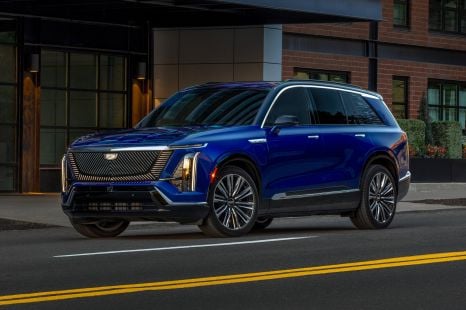

William Stopford
1 Month Ago
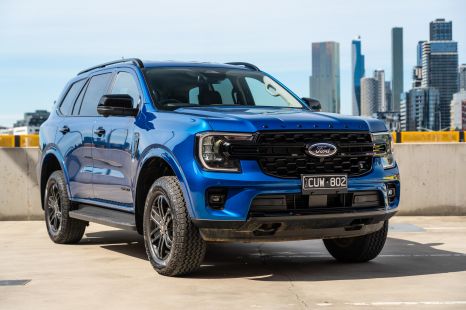

Josh Nevett
1 Month Ago
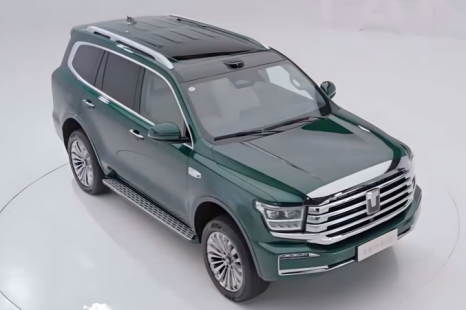

Marton Pettendy
20 Days Ago


Max Davies
17 Days Ago